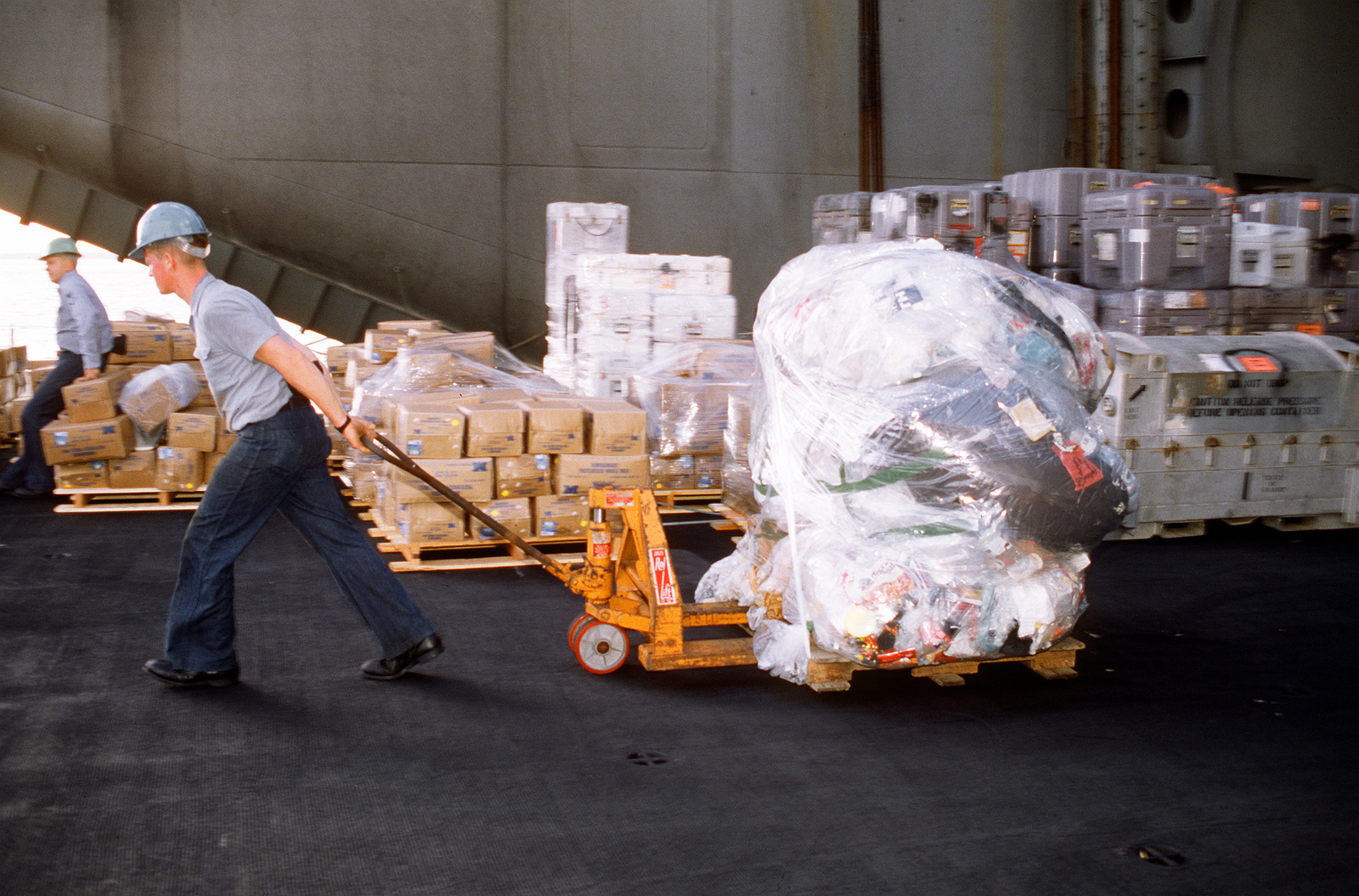In the realm of packaging materials, one product stands out not just for its utility but also for the simple pleasure it brings – Bubble Wrap. Those irresistibly satisfying pops and the cushioning protection it provides make it a staple in shipping and handling. Let’s dive into the world of this ubiquitous packaging material and explore its history, manufacturing process, and the unexpected joy it brings.
History of Bubble Wrap
Bubble Wrap, invented by Marc Chavannes and Al Fielding in 1957, was initially designed as a textured wallpaper. However, its potential as a packaging material was quickly realised, leading to its adaptation for the protection of fragile items during shipping. The first bubble wrap featured large bubbles, but over the years, various sizes have been introduced to cater to different packaging needs.
Manufacturing Process
The production of Bubble Wrap involves a fascinating process that transforms raw materials into those iconic air-filled pockets. The base material, polyethylene, is melted and extruded into a film. While the film is still in its semi-liquid state, air is injected to form bubbles. The resulting sheet is then cooled, creating the well-known Bubble Wrap we encounter in everyday life. The manufacturing process has evolved to include innovations like different bubble sizes, anti-static coatings, and even eco-friendly options.
Versatility in Packaging
Beyond its original purpose of protecting fragile items during transit, Bubble Wrap has found applications in various industries. From insulating greenhouses to providing cushioning for delicate electronic components, its versatility extends far beyond the confines of shipping boxes. As a cost-effective and efficient solution, Bubble Wrap remains a go-to choice for businesses and individuals alike.
Environmental Considerations
While Bubble Wrap has proven its worth in terms of functionality, the environmental impact of traditional polyethylene-based versions has raised concerns. However, the industry has responded with eco-friendly alternatives. Manufacturers now produce Bubble Wrap using recycled materials or develop biodegradable options to minimise the environmental footprint. As consumers become more environmentally conscious, the demand for sustainable packaging materials continues to drive innovation in the Bubble Wrap industry.
Unexpected Joy: The Art of Popping Bubbles
One cannot discuss Bubble Wrap without acknowledging the sheer delight it brings to people of all ages. The act of popping those little bubbles has become a stress-relief ritual for many. It’s a simple pleasure that transcends cultural and generational boundaries. The satisfaction derived from the burst of air encapsulated in each bubble is a testament to the power of sensory experiences in our daily lives.
Therapeutic Benefits
Beyond the immediate joy, there are therapeutic benefits associated with popping Bubble Wrap. The act of repetitive popping can serve as a stress-relief technique, helping individuals manage anxiety and tension. Some therapists even incorporate Bubble Wrap into their practices, leveraging its tactile and auditory stimuli to promote relaxation and sensory engagement.
Conclusion
In the world of packaging materials, Bubble Wrap holds a unique position. Its journey from a failed wallpaper experiment to a global packaging phenomenon is a testament to human ingenuity and adaptability. As the industry evolves to address environmental concerns, we can expect to see more sustainable alternatives. Regardless of its future developments, one thing remains constant – the simple joy of popping bubbles will continue to captivate us, making Bubble Wrap not just a packaging material but a source of unexpected delight in our everyday lives.












